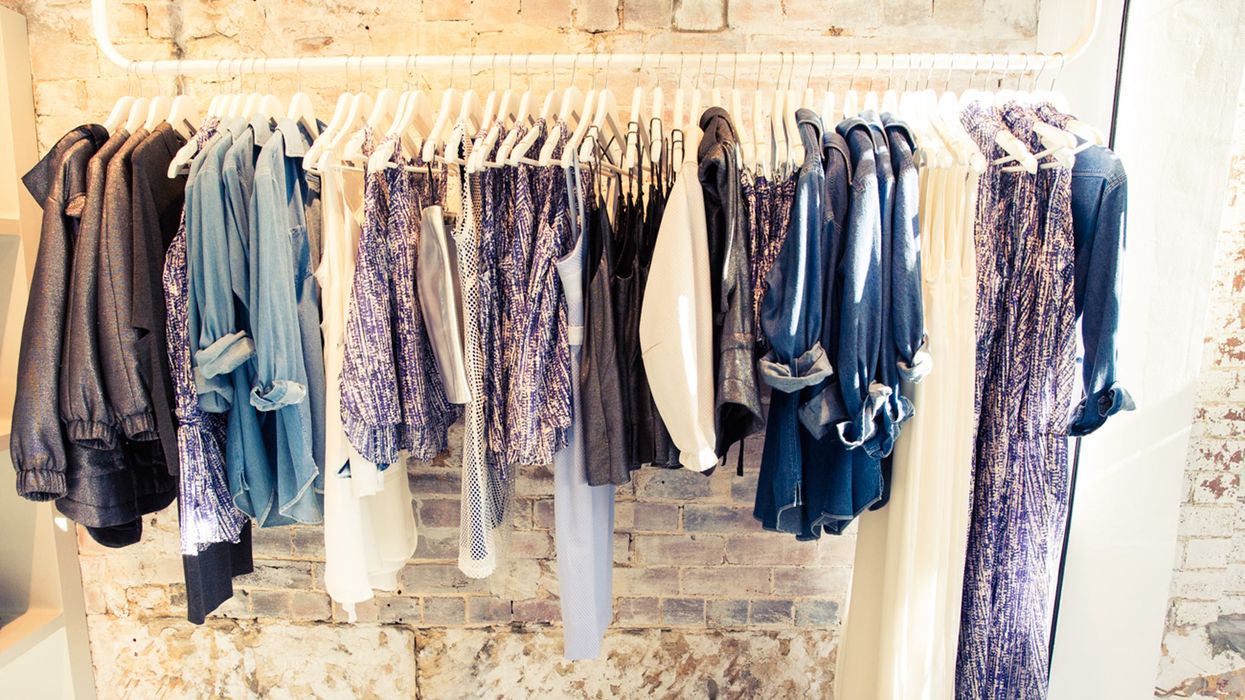Introducing the Tricks Behind Inexpensive Boutique Fashion
Introducing the Tricks Behind Inexpensive Boutique Fashion
Blog Article
A Deep Dive Into the World of High-Fashion Runways: Understanding Clothes as Art
Developers, a lot like masterful artists, weave detailed narratives with shade, type, and material, testing typical standards and redefining elegance criteria. As we check out these sartorial eyeglasses, we must ponder: what role does fashion play in forming social worths, and how does it show the ever-changing tapestry of human emotion and identity?
The Development of Runway Shows
The trajectory of path shows has actually transformed significantly over the years, progressing from special market events to fascinating spectacles that blend fashion with art. Commonly, path shows were intimate affairs, held in ateliers or tiny places, mainly attended by purchasers and market experts. These early discussions concentrated on the garments' craftsmanship and business stability, offering a direct and useful screen of seasonal collections.
As the fashion business increased, the nature of runway shows began to change. The 1970s and 1980s noted a turning point, with designers looking for to distinguish themselves via even more theatrical presentations. This age saw the increase of sophisticated sets, choreographed versions, and thematic stories, proclaiming a brand-new age where the path ended up being an experiential platform. The shows changed into a type of storytelling, where each collection communicated a distinctive narrative or principle.
Over the last few years, modern technology and social networks have additionally transformed path programs, making them available to an international audience. Livestreaming and electronic platforms have equalized style, enabling fanatics worldwide to witness these occasions in real-time (boutique fashion). This evolution mirrors a more comprehensive cultural shift, where high-fashion paths function as a vibrant crossway of performance, innovation, and style
Designers as Visionary Artists
Exactly how have designers transcended their roles to end up being visionary musicians? Designers in the high-fashion industry have blurred the lines between practical garment development and the conceptual world of art. This makeover appears in the means they approach their collections, not merely as clothes yet as profound expressions of culture, identification, and emotion. By accepting artistic techniques such as sculpture, paint, and avant-garde installations, developers craft garments that challenge traditional style norms and elevate them to art types.
Visionary developers draw ideas from a myriad of resources, including abstract art, historical references, and personal stories. They possess a special ability to visualize and appear ideas that press the borders of standard style, usually redefining aesthetic standards in the procedure. This imaginative ingenuity is showcased via significant silhouettes, ingenious products, and detailed craftsmanship, which invite customers to experience style as more than just wearable things.
Furthermore, the runway acts as a canvas for these artists, where lighting, music, and set style coalesce to create immersive experiences. These presentations are not merely display screens of clothing however are orchestrated performances that evoke emotion and prompt thought, attesting the developer's duty as a real artist in the contemporary cultural landscape.
Cultural Influences in Style
Social tapestry weaves its detailed patterns right into the fabric of fashion, affecting developers globally. The vibrant interchange of social stories, practices, and signs notifies and influences collections look at this now that poise high-fashion runways.
The impact of society on fashion is frequently seen in the reinterpretation of conventional garments and patterns. The usage of Japanese bathrobes, Indian saris, or African prints in contemporary style reflects a mix of cultural authenticity and modern-day visual appeals. Developers such as Valentino's Pierpaolo Piccioli and Alexander McQueen's Sarah Burton have actually been known to incorporate rich social themes right into their couture collections, equating history right into wearable art.

Advancement in Textile and Style
Development in textile and layout continually improves the landscape of high-fashion, pushing borders and redefining possibilities. In recent years, technical improvements have dramatically added to this advancement, introducing products that test typical assumptions. Textiles ingrained with wise fibers, qualified of changing shade or managing temperature level, are no more restricted to the world of science fiction. Developers are progressively checking out the combination of innovation, such as 3D printing, which allows for the creation of complex frameworks that were previously inconceivable.
In addition, sustainability has actually become a critical theme in fabric innovation. The fashion business is experiencing a rise in making use of green materials, originated from recycled plastics, organic fibers, and also naturally degradable components. These technologies not only supply new structures and appearances yet additionally address vital ecological issues. Developers are embracing these materials to craft garments that are both mindful and aesthetically striking of their environmental footprint.
In terms of design, speculative kinds and progressive shapes are continually revolutionizing the path. By including advanced techniques and unique products, developers grow garments that obscure the line in between style and art, setting brand-new standards for creativity and expression in the high-fashion ball.
Effect of Fashion on Society
Fashion wields an extensive impact on culture, acting as both a representation of social identity and a driver for social modification. With its evolution, style has mirrored societal shifts, enveloping the zeitgeist of numerous ages. The flapper dresses of the 1920s personified a newly found feeling of ladies's liberation, while the vibrant prints of the 1960s resembled the cutting edge spirit of the time. High-fashion paths, specifically, function as platforms for challenging standards and redefining appeal requirements. Developers make use of these locations to deal with pushing social issues, from sustainability to variety, thereby forming public discourse.
Additionally, style has the power to bridge cultural voids, promoting understanding and appreciation among varied groups. As globalisation increases, the cross-cultural exchange of fashion ideas comes to be significantly considerable, advertising inclusivity and variety. The increase of streetwear, originating from metropolitan subcultures, highlights just how style can transcend socio-economic limits, granting individuals a way of self-expression and empowerment.
Essentially, style is not merely regarding aesthetics; it is a vibrant force that affects worths, mindsets, and social progress (boutique fashion). By continuously connecting with cultural and social currents, fashion remains an integral part of the collective human experience

Final Thought
High-fashion paths work as vibrant arenas where clothes goes beyond functionality to end up being an expressive art type. Designers, akin to visionary artists, manage collections that show identification, emotion, and social narratives, challenging traditional aesthetic appeals. The blend of cutting-edge fabric and style, combined why not find out more with fancy collection layouts, lights, and songs, produces immersive experiences that celebrate multiculturalism. This crossway of fashion and creativity not just astounds audiences around the world but likewise influences societal perceptions and advertises a deeper recognition for cultural diversity.

Social tapestry weaves its complex patterns into visit this web-site the textile of fashion, affecting developers worldwide.Style possesses an extensive influence on society, serving as both a reflection of cultural identity and a catalyst for social modification.
Report this page